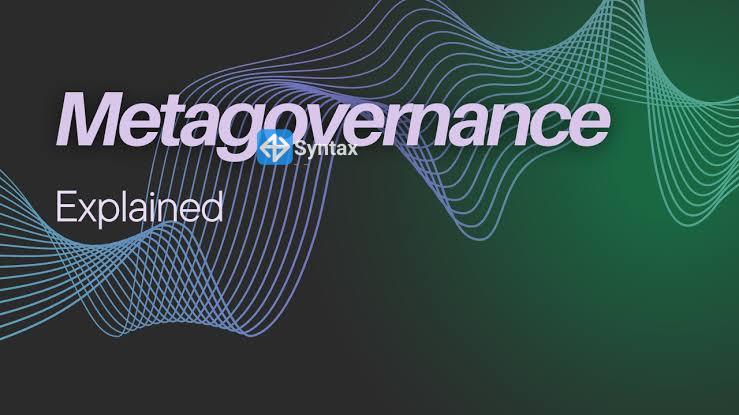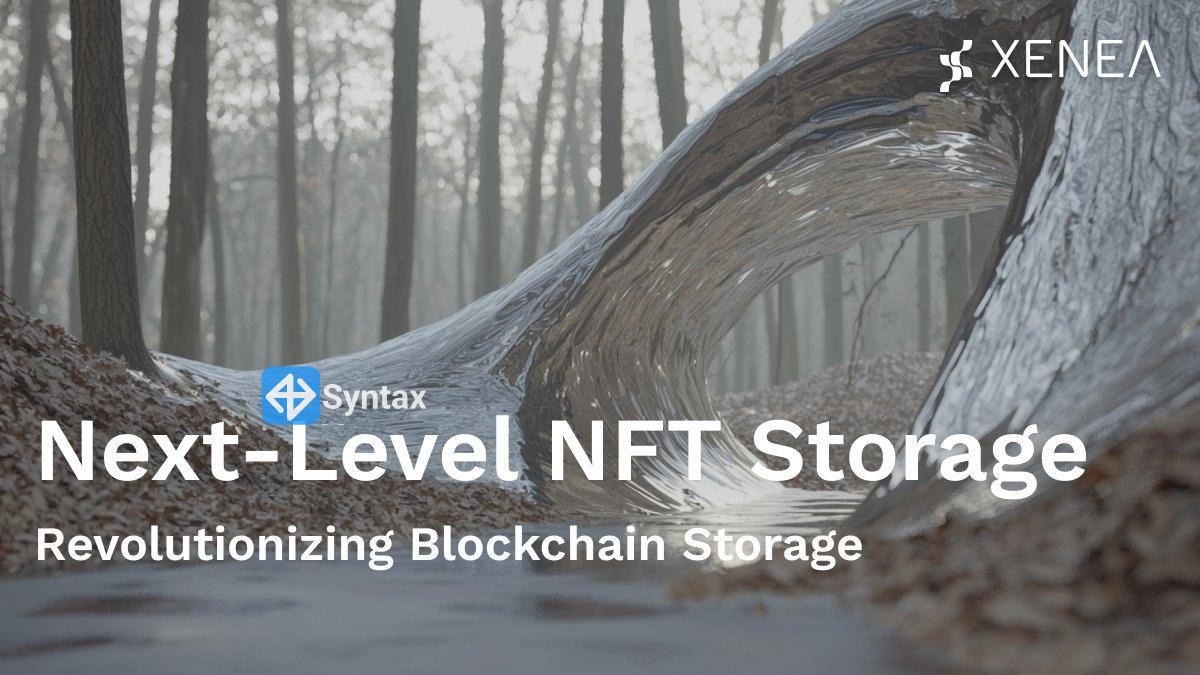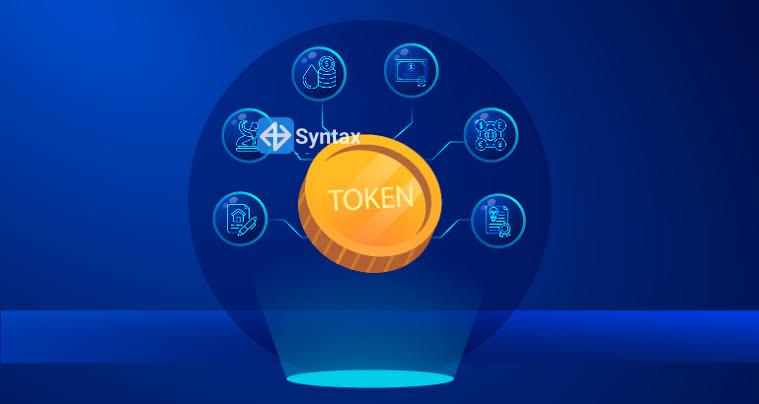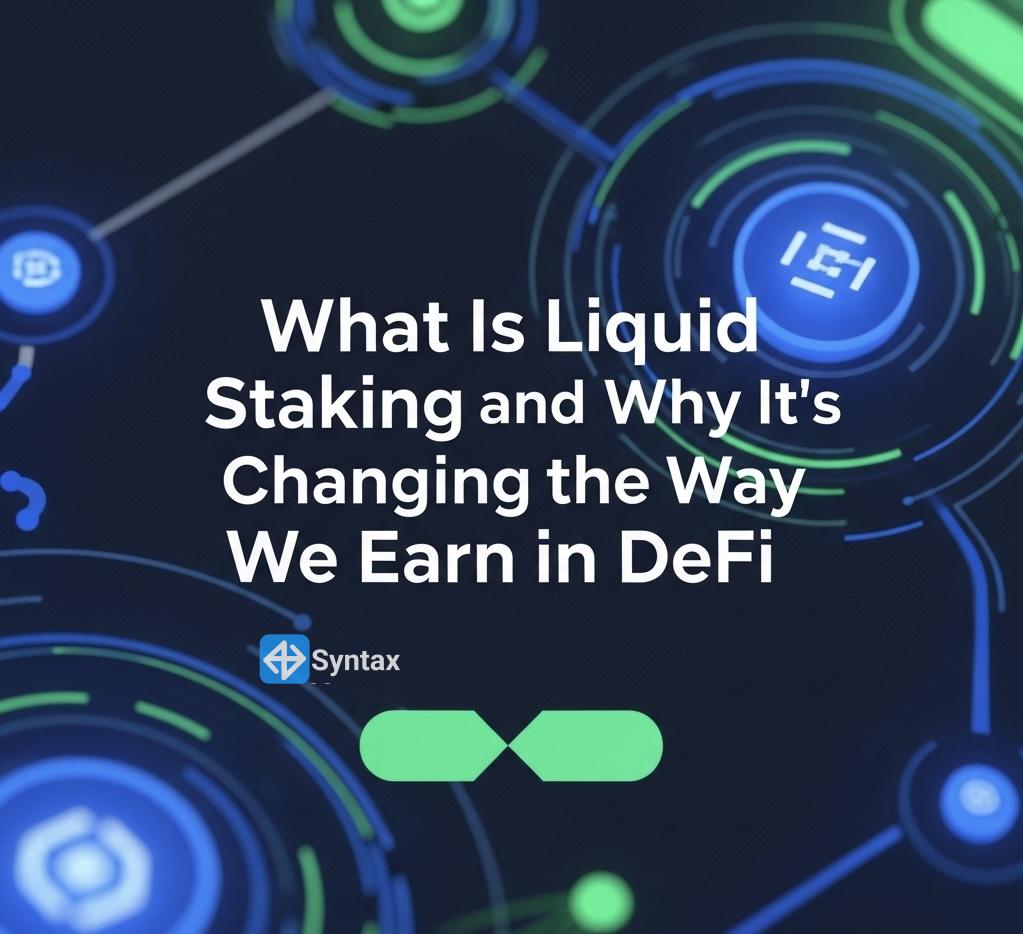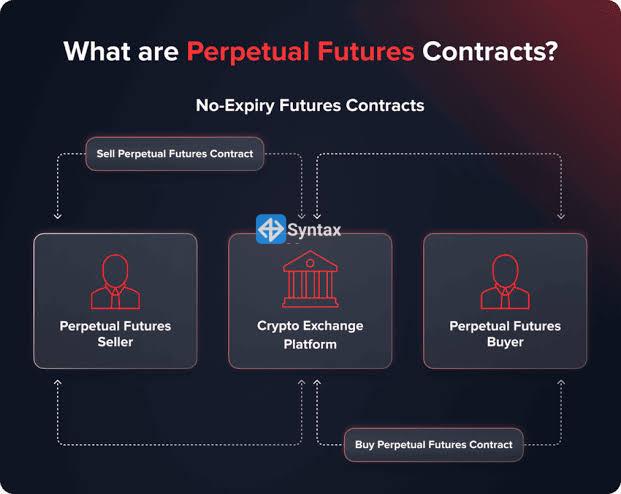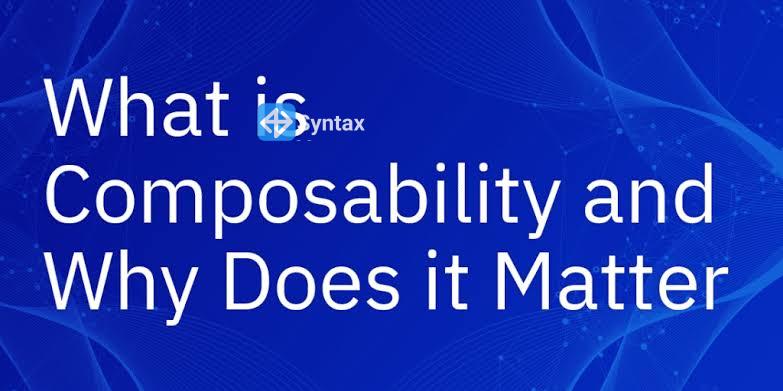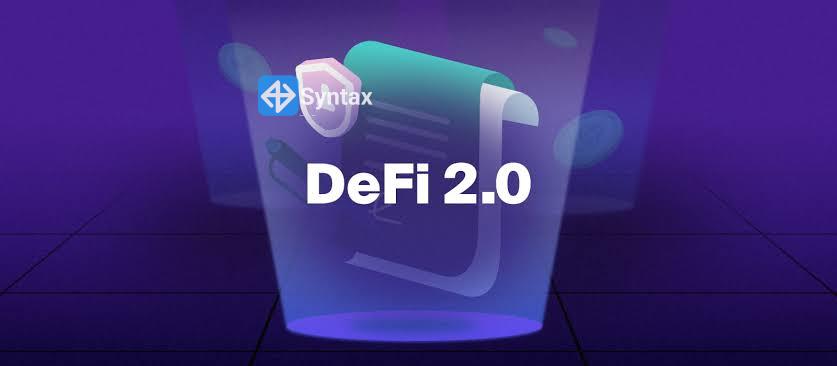In the crypto space, scams come in many forms, and one of the most deceptive is the use of “flash” Bitcoin or other cryptocurrencies. These are transactions that appear legitimate for a short time but disappear later, tricking recipients into thinking they’ve received funds. Understanding how to recognize and avoid them is crucial for anyone dealing with digital assets.
What is Flash Bitcoin or Crypto?
Flash BTC (or flash crypto) refers to temporary or fraudulent transactions that show as “pending” or “unconfirmed” in a wallet or blockchain explorer but are never actually settled on the blockchain. Scammers exploit the delay between transaction broadcasting and confirmation to make it appear that funds were sent, when in reality, the transfer is invalid or will be canceled.
Key Signs of Flash BTC or Fake Crypto Transactions
1. Unconfirmed Transaction Status
On a blockchain explorer, the transaction remains in “pending” or “unconfirmed” status for an unusually long time and never reaches the required confirmations.
2. No Network Fee or Extremely Low Fee
Scammers often send these fake transactions with tiny or no network fees so that miners deprioritize them, leading to eventual removal from the mempool.
3. Requests for Immediate Release of Goods or Services
The scammer may pressure you to provide goods, services, or other crypto in exchange for the “payment” before the transaction is confirmed.
4. Transaction ID Exists but No Finalization
The blockchain explorer may display the transaction ID (TXID), but without confirmations, it’s not secure or complete.
5. Suspicious Wallet Software
The scammer may ask you to check the payment on their custom wallet or screenshot, which could be manipulated or fake. Always verify on a trusted public blockchain explorer.
How to Protect Yourself
- Always Wait for Confirmations: Never release goods or send funds until a transaction has at least the standard number of confirmations (e.g., 3-6 for Bitcoin).
- Verify on Official Blockchain Explorers: Use trusted explorers to check the TXID status rather than relying on screenshots.
- Avoid Deals With Time Pressure: Scammers often create urgency to bypass your normal verification process.
- Be Skeptical of Large First-Time Payments: If someone you don’t know sends a large amount of crypto, treat it with caution until confirmed.
- Educate Your Team or Staff: If you run a business that accepts crypto, train employees to recognize and verify transactions properly.




